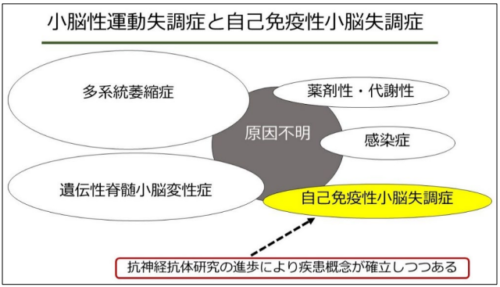2025-04-11 北海道⼤学
<関連情報>
- https://www.hokudai.ac.jp/news/2025/04/3-52.html
- https://www.hokudai.ac.jp/news/pdf/250411_pr.pdf
- https://www.jneurosci.org/content/45/15/e2156242025
発達期マウス小脳における登上線維―プルキンエ細胞シナプスの分子解剖学的強化 Molecular and Anatomical Strengthening of “Winner” Climbing Fiber Synapses in Developing Mouse Purkinje Cells
Asako Nitta, Miwako Yamasaki, Taisuke Miyazaki, Kohtarou Konno, Haruto Yoshimura and Masahiko Watanabe
The Journal of Neuroscience Published:9 April 2025
DOI:https://doi.org/10.1523/JNEUROSCI.2156-24.2025

Abstract
Neural circuits are refined by strengthening frequently used or advantaged synapses while eliminating redundant connections. In neonatal mice, cerebellar Purkinje cells (PCs) are initially innervated by multiple climbing fibers (CFs) of similar strength. By postnatal day 7 (P7), one CF, the “winner,” is selectively strengthened and begins dendritic translocation by P9, while both “winner” and “loser” CFs temporarily maintain somatic synapses. Although the functional differentiation of CF inputs is well understood, their structural differentiation is less clear. In this study, we examined “winner” CF synapses in dendrites and both “winner” and “loser” synapses in the soma using serial electron microscopy and immunohistochemistry in C57BL/6 mice. We found that “winner” CF synapses, both in the soma and dendrites, developed more complex pre- and postsynaptic structures than “loser” CFs, with an expanded area of postsynaptic density. Additionally, “winner” CF synapses expressed significantly higher levels of AMPA-type glutamate receptors. Notably, only dendritic “winner” synapses showed increased levels of Rab3-interacting molecule RIM, a key presynaptic regulator of neurotransmitter release. These findings reveal the molecular and structural features that enable “winner” CFs to reinforce their synaptic strength and innervation, allowing them to outcompete other inputs during early development.


